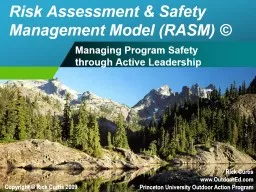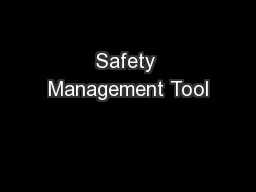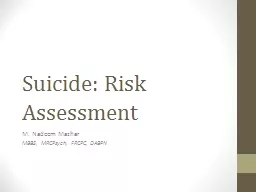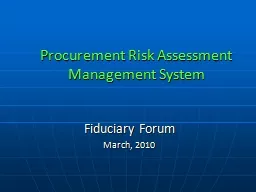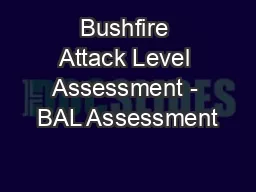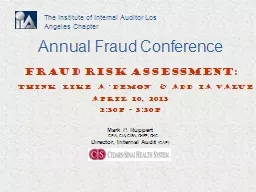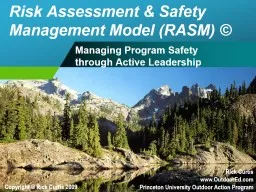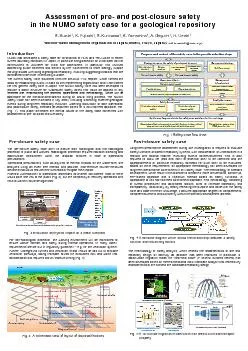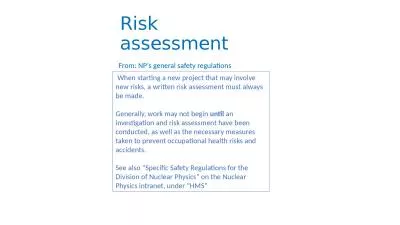PPT-Risk Assessment & Safety Management Model (RASM) ©
Author : alida-meadow | Published Date : 2018-03-20
Managing Program Safety through Active Leadership Rick Curtis wwwOutdoorEdcom Princeton University Outdoor Action Program Copyright Rick Curtis 2009 Creative Commons
Presentation Embed Code
Download Presentation
Download Presentation The PPT/PDF document "Risk Assessment & Safety Management ..." is the property of its rightful owner. Permission is granted to download and print the materials on this website for personal, non-commercial use only, and to display it on your personal computer provided you do not modify the materials and that you retain all copyright notices contained in the materials. By downloading content from our website, you accept the terms of this agreement.
Risk Assessment & Safety Management Model (RASM) ©: Transcript
Download Rules Of Document
"Risk Assessment & Safety Management Model (RASM) ©"The content belongs to its owner. You may download and print it for personal use, without modification, and keep all copyright notices. By downloading, you agree to these terms.
Related Documents

